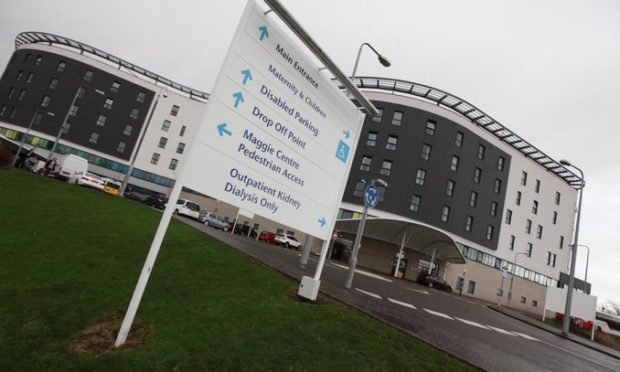NHS Fife has approved a £2.5 million electronic prescribing system to improve patient safety.
Doctors in Fife still write prescriptions by hand and are among the last in Scotland to use the new technology.
Health bosses said the system will transform the way medicines are dispensed and cut the potential for error.
It follows a study by NHS Ayrshire and Arran which suggested 99% of all written prescription slips contain mistakes.
NHS Fife medical director Dr Chris McKenna said approval of the Hospital Electronic
Prescribing and Medicines Administration System (HEPMA) was a major step forward.
“It takes us to a much safer place in terms of prescribing,” he said.
“It does simple things like highlighting any allergies patients may have to prevent any problems.
“As someone who often has to write these things out when on call, it’s laborious and doctors’ handwriting is often not as good as it could be.
“All these things can be done on a computer and picked up at any opportunity on an iPad.”
The NHS Fife Board has approved the full business case for a new electronic prescribing and medicines administration system.
The new system will effectively ensure patients in Fife have a complete electronic health record.https://t.co/juAYdHXsvv
— NHS Fife (@nhsfife) November 26, 2020
HEPMA will be used in both acute and community hospitals.
NHS Fife approved the full business case for the digital system last week and is waiting for formal approval from the Scottish Government.
It will then take around three years to implement fully.
Dr McKenna added: “This is a really significant development for us.
“It’s going to take time and a lot of investment.
“It will also require training and support for our staff to get used to the new way of working.
“The HEPMA system will enable greater control over what medicines are prescribed, how they are prescribed and how they are administered.
“It will also enable the early identification of high-risk patients, allowing clinical staff to act much earlier in order to prevent patients from deteriorating.
“Crucially, as more and more patients are treated with complex therapies, the system will reduce the opportunity for human error and ultimately improve patient safety as a result.”











